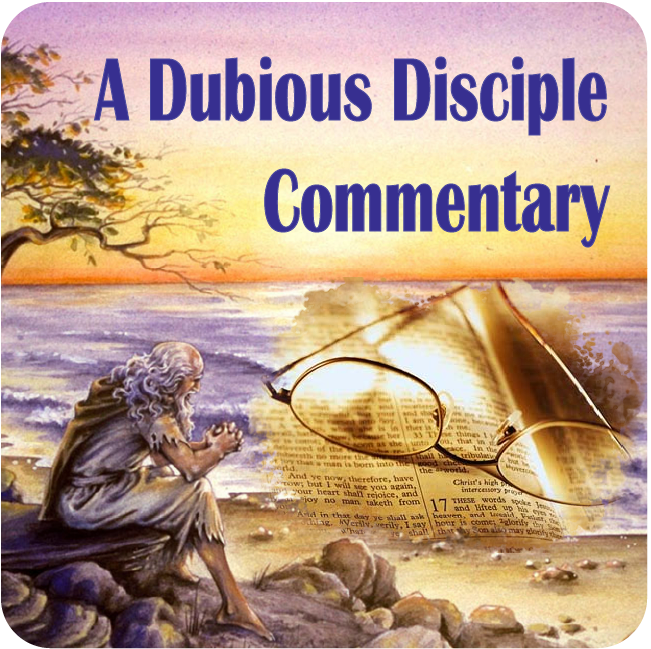Matthew 2:2-28, The Sacraments as Sacrifice
And as they were eating, Jesus took bread, and blessed it, and brake it, and gave it to the disciples, and said, Take, eat; this is my body. And he took the cup, and gave thanks, and gave it to them, saying, Drink ye all of it; For this is my blood of the new testament, which is shed for many for the remission of sins.
//Yesterday I posed a question: What are we to make of the ritual Jesus implemented, with the bread and wine, if we accept that Jesus himself was opposed to the sacrificial system? Jesus in many ways stood against the Temple system of sacrificial atonement, yet his own death quickly came to be understood as exactly that.
Is there another way to understand the verses above, about Jesus’s flesh and blood? Yes there is, even in the pointed wording that Matthew uses. Bruce Chilton proposes that Jesus was directly comparing his own teaching of communal sharing against the priestly rites of sacrifice for sin. The Temple had its burnt offerings of flesh, and Jesus had his offering of shared bread. The Temple had its blood sacrifices, but Jesus’s equivalent was his wine. Jesus was implying that simple offerings, just a bit of bread and wine shared with one another, was more holy than than the costly sacrifices of the Temple system. The ritual of a communal meal, accepting one another as equals, should replace the old ritual.
Perhaps Jesus was presenting himself as the new High Priest, shockingly replacing the existing priesthood. His followers would not call for blood sacrifices but for sharing and fellowship.











 354 Circles
354 Circles
 603 Goodreads Friends & Fans
603 Goodreads Friends & Fans

 Hello! I'm an author, historical Jesus scholar, book reviewer, and liberal Christian, which means I appreciate and attempt to exercise the humanitarian teachings of Jesus without getting hung up on any particular supernatural or religious beliefs.
The Bible is a magnificent book that has inspired and spiritually fed generations for thousands of years, and each new century seems to bring a deeper understanding of life’s purpose. This is true of not only Christianity; through the years, our age-old religions are slowly transforming from superstitious rituals into humanitarian philosophies. In short, we are growing up, and I am thrilled to be riding the wave.
I avidly read all thought-provoking religion titles. New authors: I'd love to read and review your book!
Hello! I'm an author, historical Jesus scholar, book reviewer, and liberal Christian, which means I appreciate and attempt to exercise the humanitarian teachings of Jesus without getting hung up on any particular supernatural or religious beliefs.
The Bible is a magnificent book that has inspired and spiritually fed generations for thousands of years, and each new century seems to bring a deeper understanding of life’s purpose. This is true of not only Christianity; through the years, our age-old religions are slowly transforming from superstitious rituals into humanitarian philosophies. In short, we are growing up, and I am thrilled to be riding the wave.
I avidly read all thought-provoking religion titles. New authors: I'd love to read and review your book!
 Hi! While Lee writes the articles and reviews the books, I edit, organize, and maintain the blog. The views expressed here are Lee's but I'm his biggest supporter! :-)
Hi! While Lee writes the articles and reviews the books, I edit, organize, and maintain the blog. The views expressed here are Lee's but I'm his biggest supporter! :-)
Connect With Me!